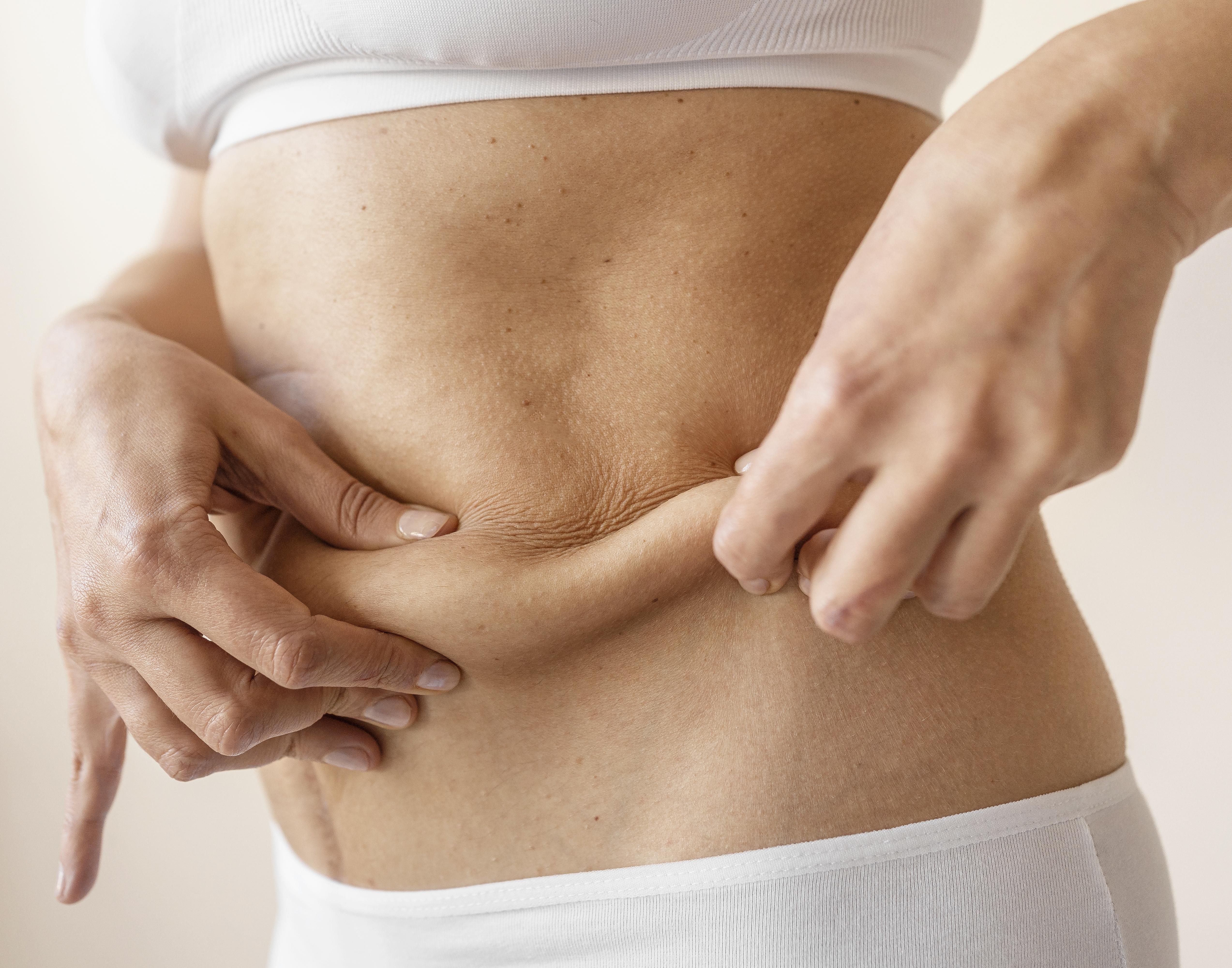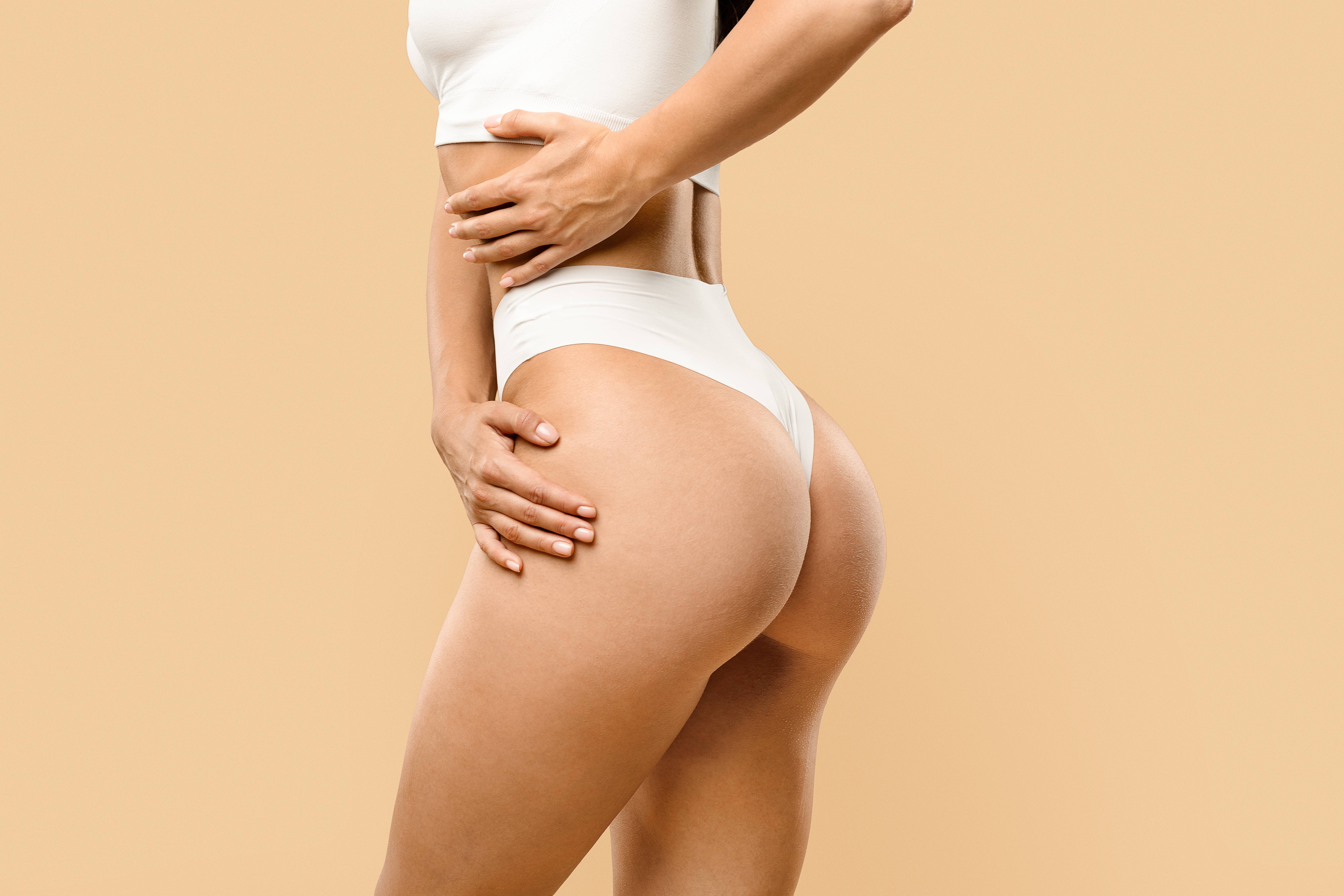Liposuction
Professional medical service with experienced doctors and modern techniques.





Description
Liposuction – Sculpting the Body by Removing Excess Fat
Liposuction, also known as fat removal, is a surgical vacuuming procedure that targets fat deposits located just beneath the skin’s surface. It is performed to reduce unwanted fat in specific areas of the body, improving overall body contour and silhouette.
Common treatment areas include the abdomen, thighs, hips, buttocks, arms, and neck. By targeting localized fat deposits that are resistant to diet and exercise, liposuction allows patients to achieve a slimmer, more proportional body shape. With advanced techniques, significant amounts of fat can be safely removed, giving patients a more refined appearance.
Can You Lose Weight with Liposuction?
Traditionally, liposuction is considered a procedure to reduce localized fat excess rather than a weight-loss method. It should not be viewed as an alternative to diet and exercise. Instead, it is most effective for eliminating stubborn fat pockets in limited areas.
That said, with modern anesthesia and advanced surgical technologies, mega liposuction can remove up to 14 liters of fat in a single session, potentially resulting in a slimmer appearance equivalent to losing 20–25 kilograms.
Who Is the Best Candidate for Liposuction?
- Patients with localized fat deposits that do not respond to diet or exercise.
- Those who are near or at their ideal body weight.
- Patients with good skin elasticity, which allows the skin to adapt to the new body shape after fat removal.
Liposuction is less effective for patients with poor skin quality or severe obesity.
When Is Liposuction Not Recommended?
Liposuction may need to be postponed or avoided if:
- The treatment area has previously undergone surgery,
- There are circulatory problems in the targeted area,
- The patient has underlying heart or lung conditions.
What Areas Can Liposuction Treat?
Liposuction can be performed on almost any part of the body, including:
- Face and neck (cheeks, chin, double chin),
- Male chest,
-Abdomen and waist,
-Hips, buttocks, and thighs,
-Knees, calves, and ankles.
Can fat under the chin/neck be removed with liposuction?
Yes. When excess fat exists but the skin remains tight, a short and simple liposuction procedure can create a sharper jawline and a more youthful profile. However, if sagging skin is present, liposuction alone may not achieve the desired results, and a facelift or neck lift may be recommended in combination.
What Problems Can Occur After Liposuction?
- Scars are very small (around 0.5 cm) and usually barely noticeable.
- Rarely, skin pigmentation changes (dark spots) or contour irregularities may occur, especially with sun exposure.
- In some cases, asymmetry or uneven contours may require revision surgery.
How Much Fat Can Be Removed with Liposuction?
The amount of fat removed depends on:
- The patient’s overall health,
- The specific body area being treated,
- The surgeon’s expertise and judgment.
For less extensive procedures, the quantity is carefully determined to ensure patient safety and natural-looking results.
Techniques
At Medicci, our experienced surgeons specialize in various liposuction techniques, including traditional liposuction, laser-assisted liposuction, and ultrasound-assisted liposuction.
What type of anesthesia is used?
Liposuction can be performed under local anesthesia with sedation, during which the patient remains partially awake but feels no pain. If the procedure involves a larger area or multiple regions, general anesthesia is recommended, and the patient will be asleep throughout the surgery.
How long does liposuction take?
The surgery typically takes 1–2 hours. However, the duration may vary from as little as 30 minutes to several hours depending on the size of the treatment area and the amount of fat being removed.
How is liposuction performed?
The procedure begins with a small incision made in the skin, through which thin suction tubes called cannulas are inserted. The cannulas are connected to a powerful suction device. The surgeon loosens and removes fat by carefully moving the cannulas within the fat layer. By entering from multiple points, the treated area achieves a smoother and more even contour. In some cases, additional small incisions may be required to remove the desired amount of fat.
Before Surgery
Before undergoing liposuction at Medicci, patients have a comprehensive consultation with our experienced medical team. During this session, patients discuss their goals, concerns, and expectations for the procedure.
Our surgeons carefully assess each patient’s suitability for liposuction by reviewing their medical history, current health status, and body composition.
Detailed planning is then carried out to create a personalized treatment plan tailored to the patient’s unique anatomy and aesthetic goals. 
Surgery
At Medicci, during the liposuction procedure, small incisions are made in the targeted areas, and a thin tube called a cannula is inserted to suction out excess fat.
Our surgeons carefully maneuver the cannula to sculpt the body and create contours, delivering precise and natural-looking results. By skillfully using the cannula, our surgeons can remove unwanted fat deposits while preserving the surrounding tissues, achieving a more defined and harmonious body contour that complements the patient’s natural anatomy.
After Surgery
After liposuction, patients receive detailed aftercare instructions to support their recovery and maintain results.
What happens after liposuction surgery?
Bleeding and swelling are usually controlled by wearing a compression garment in the treated area. The garment also helps the skin conform to the new body contours. In addition, it can reduce pain to some extent and allow the patient to move more comfortably. Depending on the surgeon’s recommendation, the garment may need to be worn continuously for one month, after which it may only be required during the daytime. Antibiotics are prescribed to minimize the risk of infection.
Does fat removal cause weight loss?
The fat removed during liposuction does not immediately lead to noticeable weight loss. The main reason is swelling and fluid retention in the treated areas.
When can I return to work after liposuction?
Most patients are able to return to their social lives and work within 2–3 days, although some may experience discomfort or pain. The exact timing of resuming work should always be determined according to the surgeon’s recommendations, as it depends on the extent of the procedure and how the patient feels.
When will the healing process be complete?
Most swelling and discoloration disappear within 1–2 months, but some residual swelling may persist for up to 6 months. During this period, the surgeon monitors the patient’s condition and determines if any additional intervention is needed.
Will the fat return after liposuction?
For many patients, the results of liposuction can be permanent, provided they maintain a healthy diet and exercise regularly. If the patient gains weight, the fat will not return only to the previously treated areas; instead, it will be distributed evenly throughout the body. Many patients report high satisfaction with their results, feeling more comfortable in different types of clothing. As long as expectations are realistic, patients are usually pleased with their new appearance.
What Our Patients Said
Elevate Your Beauty Experience with Medicci
Whether you are considering a facelift, liposuction, or rejuvenating treatments, our surgeon is ready to create a personalized plan for you.
Frequently Asked Questions
Recovery time varies depending on the procedure and individual factors. Your surgeon will provide specific guidance.
Book Now
Related Services

Aesthetic Procedures After Bariatric Surgery

Arm Lift

BBL (Brazilian Butt Lift)

